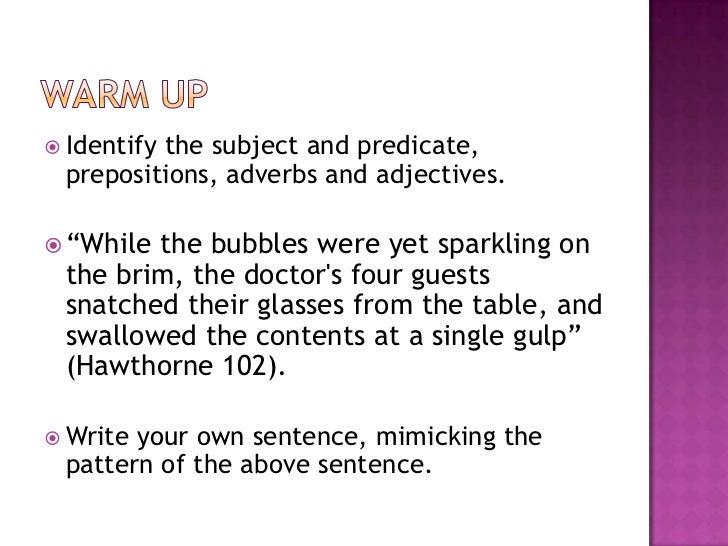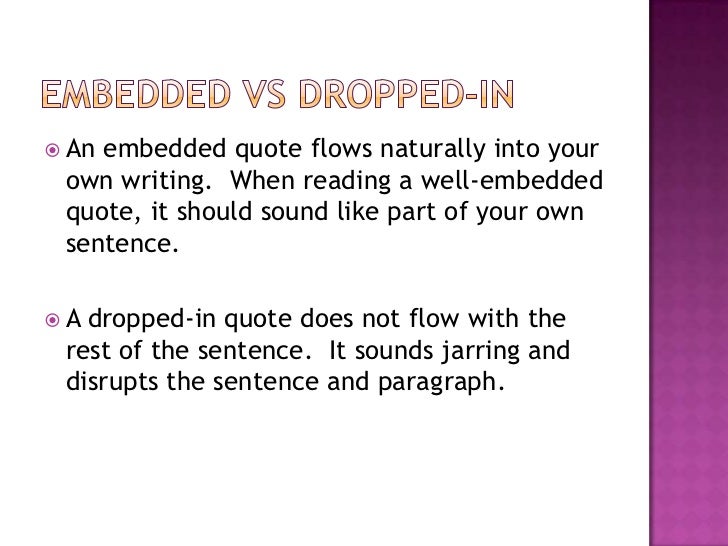Quote essay example quotes embedding add write essays long direct embed put thatsnotus chicago
Table of Contents
Table of Contents
Are you struggling with how to properly embed a quote in your writing? Look no further! Learning how to effectively embed a quote can take your writing to the next level and impress your readers.
Pain Points
Have you ever found yourself wanting to include a quote in your writing, but not knowing how to properly incorporate it? Maybe you’ve tried to just drop the quote in but it ended up feeling disjointed and out of place. Or perhaps you’ve tried to paraphrase the quote, but it just doesn’t have the same impact as the original words. These issues can leave writers feeling frustrated and unsure of how to create a seamless and meaningful quote integration.
Answering How To Embed A Quote
First and foremost, it’s important to understand what embedding a quote means. Embedded quotes are when you take a quote from another source and insert it into your own writing. The key is to make it flow naturally with your own words and thoughts. There are a few different ways to embed a quote, but the most common method is to introduce the quote with a signal phrase before the actual quote. This can help provide context and smoothly transition into the quote. Another important aspect of embedding quotes is properly citing the source of the quote, using either in-text citations or footnotes.
Summarizing Main Points
In summary, embedding a quote is a crucial skill for any writer looking to create a polished and effective piece of writing. This includes not only properly introducing and citing the quote, but also making sure it flows seamlessly with your own writing voice. By following these guidelines, you can effectively embed quotes in your writing and improve the overall impact of your work.
Embedding Quotes and Personal Experience
Embedding a quote can be intimidating, especially if you’re not used to incorporating outside sources into your writing. However, once you get the hang of it, it can greatly enhance the quality of your work. Personally, I found that embedding quotes helped me to better support my arguments and add depth and complexity to my writing. In one particularly challenging essay, I struggled to fully articulate my idea until I found the perfect quote to tie everything together. By embedding that quote, my writing felt more cohesive and impactful.
 Tips and Tricks for Embedding Quotes
Tips and Tricks for Embedding Quotes
While there’s no one-size-fits-all approach to embedding quotes, there are a few helpful tips and tricks to keep in mind. First, make sure to always provide context for the quote, whether through a signal phrase or a brief explanation. This can help the quote feel more meaningful and relevant to your point. Additionally, try to avoid lengthy quotes that take up more space than your own writing. Instead, focus on selecting key phrases or sentences that pack a punch and support your argument.
 ### Going Deeper Into Embedded Quotes
### Going Deeper Into Embedded Quotes
One way to take your embedding skills to the next level is by exploring alternative methods of introducing quotes. For example, instead of a traditional signal phrase, you could try connecting the quote to a broader concept or theme in your writing. This can help create a more nuanced and thoughtful integration of the quote. Additionally, consider playing around with the formatting of the quote itself. Italicizing or bolding certain words or phrases can help draw attention and emphasize the most important parts of the quote.
Practice Makes Perfect
As with any writing skill, practice is key when it comes to embedding quotes. Experiment with different techniques and see what works best for your writing style. With time and patience, you can become a master at seamlessly incorporating outside sources into your own work.
Question and Answer
Q: How do I know when to use a quote in my writing?
A: Quotes should be used when they add value to your writing and provide additional support for your arguments. If a quote feels extraneous or doesn’t add anything to your writing, it’s best to leave it out.
Q: What’s the difference between embedded quotes and block quotes?
A: Block quotes are used when the quote is longer than four lines. They are formatted differently from embedded quotes and set apart from the rest of the text.
Q: How do I properly cite a quote in my writing?
A: The citation method may vary depending on the writing style you are using, but it’s important to always credit the source of the quote. This can be done through in-text citations or footnotes.
Q: Can I paraphrase a quote instead of embedding it?
A: While paraphrasing can be useful, it may not always have the same impact as using the original quote. It’s important to assess whether paraphrasing or embedding would best serve your argument and make the most sense for your writing.
Conclusion of How To Embed A Quote
Embedding a quote may seem daunting at first, but with practice and the use of effective techniques, it can greatly enhance the quality and impact of your writing. Remember to always provide context, properly cite your sources, and seamlessly integrate the quote with your own writing voice. By following these guidelines, you can create a polished and professional piece of writing that is sure to impress your readers.
Gallery
PPT - Embedding Quotes PowerPoint Presentation, Free Download - ID:6251631

Photo Credit by: bing.com / embedding quotes quote embed mean does into ppt powerpoint presentation sentences paragraph
Embedding Quotes - YouTube

Photo Credit by: bing.com / quote essay example quotes embedding add write essays long direct embed put thatsnotus chicago
Embedded Quotes

Photo Credit by: bing.com / embedding
Embedded Quotes Practice

Photo Credit by: bing.com / embedded
Embedded Quotes

Photo Credit by: bing.com / embedded quotes examples mla essays quotesgram essay slideshare sparkling





